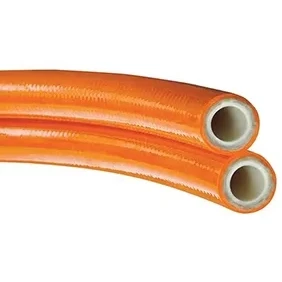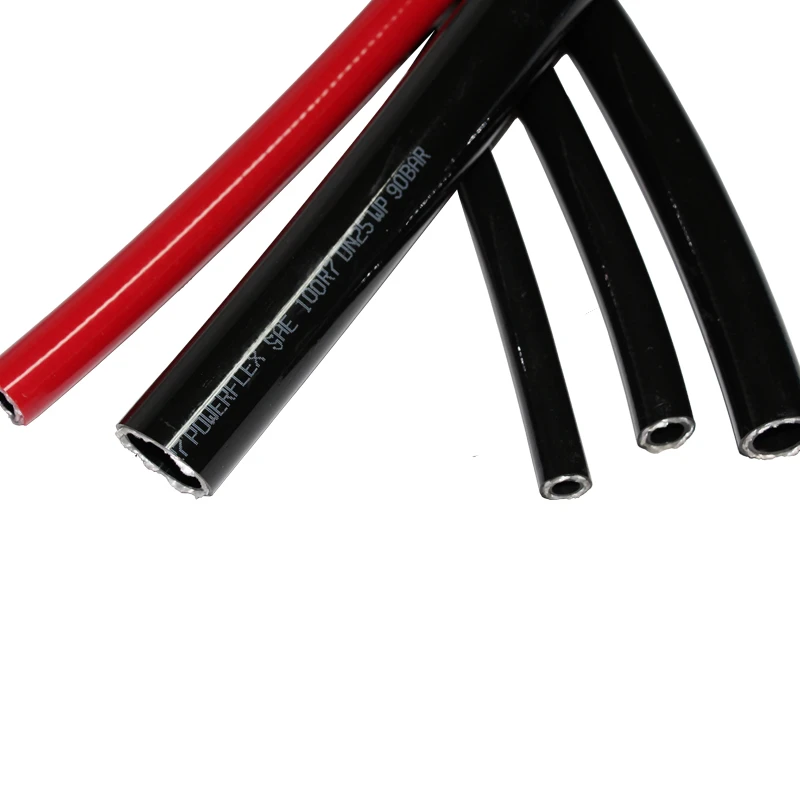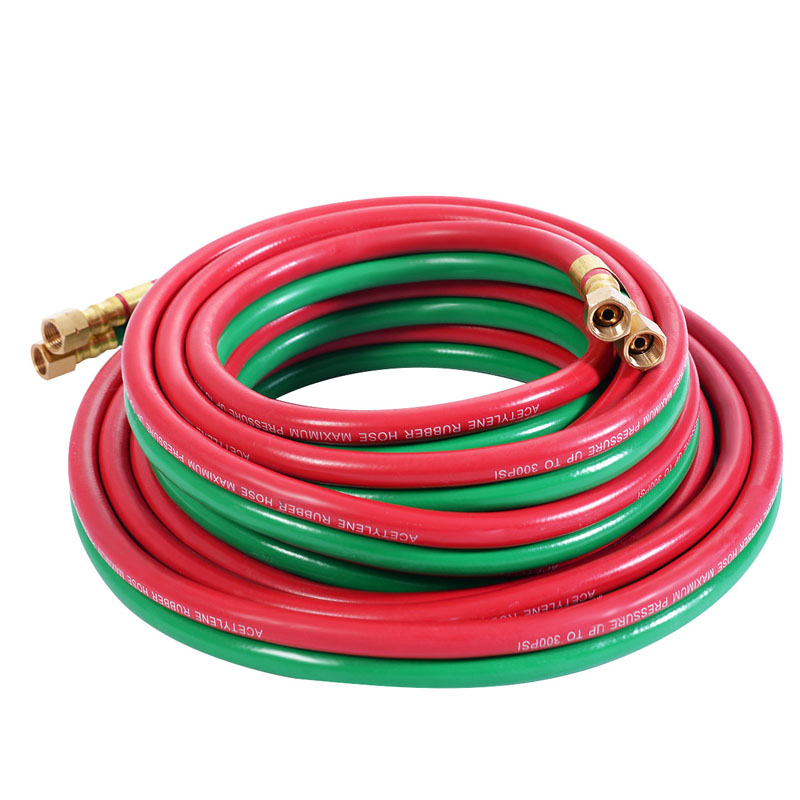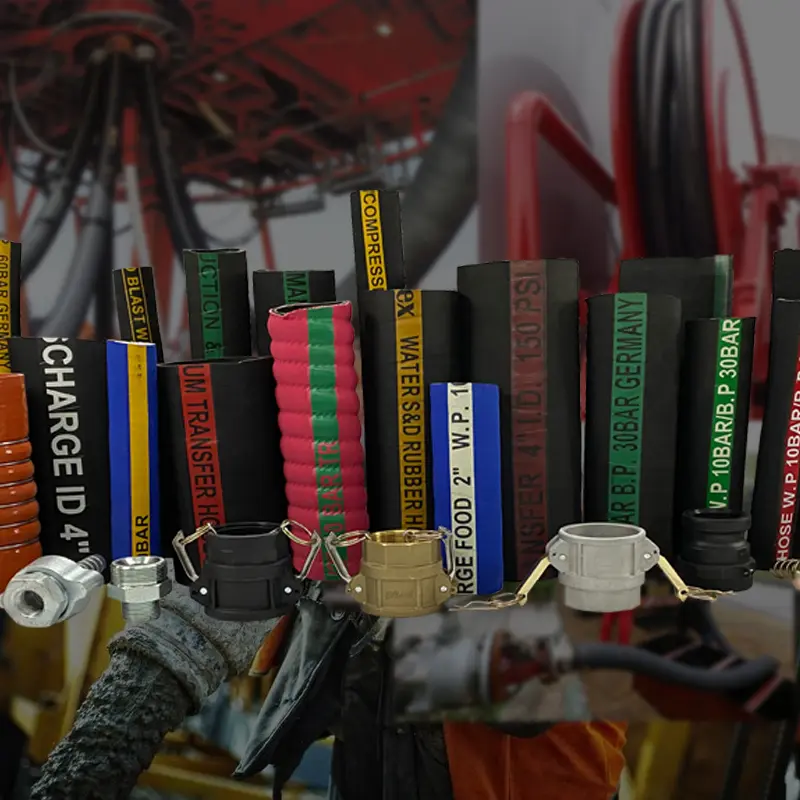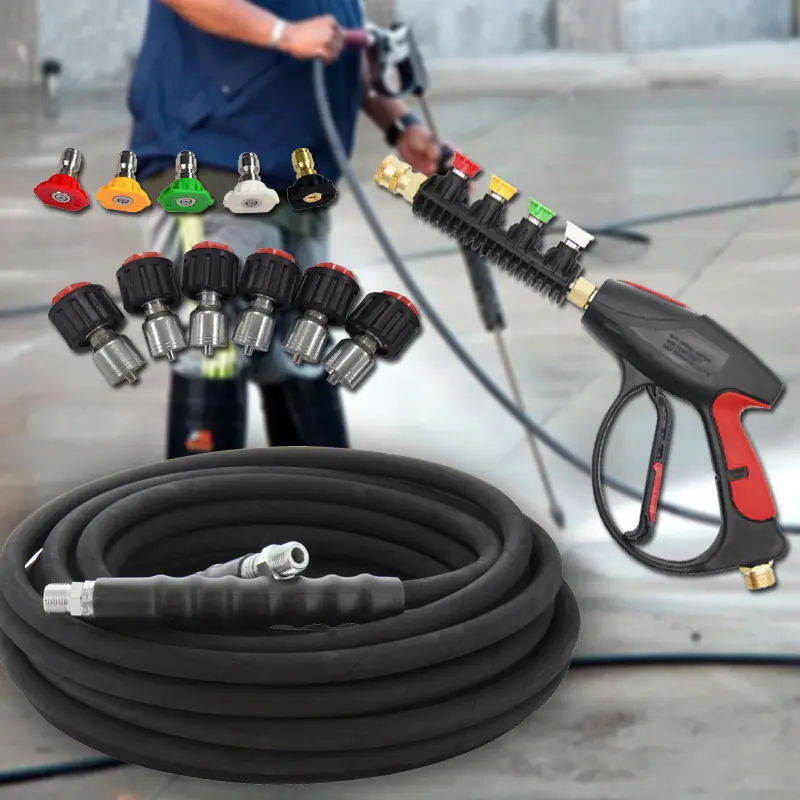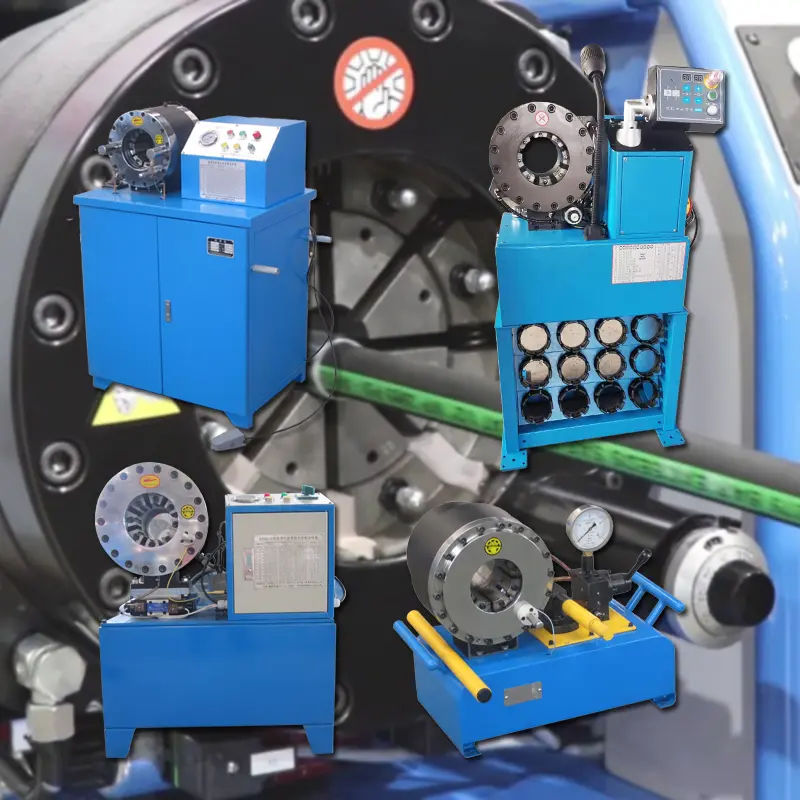Connecting a hydraulic hose assembly is not just a technical job but a crucial step that ensures safe, efficient, and durable hydraulic system performance. In the wholesale market, buyers are not only looking for hoses but for complete solutions that guarantee reliability under demanding conditions. Knowing how to properly assemble hydraulic hose with the right tools, correct measurements, and careful crimping is the difference between a system that performs smoothly and one that suffers constant breakdowns. As a professional foreign trade supplier, we understand that wholesalers need detailed, practical knowledge to provide confidence to their downstream clients. The following guide explains the preparation, measurement, crimping, and safety aspects of the process, focusing on the real application of products designed to make your hydraulic business stronger.
Preparation Before You Assemble Hydraulic Hose
Before starting to assemble hydraulic hose, preparation is everything. A good assembly begins with choosing the right materials and ensuring the workplace is clean and organized. Dust, oil residues, or metal fragments can easily contaminate the inside of a hose, reducing its lifespan and compromising system performance. For wholesalers supplying to industries like construction, mining, and agriculture, this preparation step adds value by showing that the product is reliable from the very start.
When preparing, wholesalers and technicians need to focus on essential elements. The hydraulic hose itself should meet the right pressure range, temperature resistance, and bend radius. Alongside, compatible fittings must be ready. Proper storage of hoses in dry, ventilated areas ensures there is no premature wear before they are even used. Many wholesalers emphasize this stage because preparation reflects professionalism and leads to fewer complaints from end customers.
In practice, the preparation process also involves ensuring the hydraulic hose crimper is calibrated. A crimper that is not checked before operation can ruin fittings and waste materials. Furthermore, the right safety gear—such as gloves and protective eyewear—should always be included. A simple table can summarize the main preparation checks:
|
Preparation Step |
Purpose |
Benefit for Wholesalers |
|
Clean working area |
Prevent contamination |
Longer service life |
|
Check hose storage |
Avoid premature wear |
Better customer trust |
|
Prepare crimper |
Ensure accurate crimping |
Reduce product returns |
|
Use protective gear |
Enhance safety |
Professional credibility |
By treating preparation as a crucial first step, wholesalers can guarantee consistency in every hydraulic hose assembly they deliver.
Measuring And Cutting For Hydraulic Hose Assembly
The next critical stage in hydraulic hose assembly is accurate measuring and cutting. An incorrect length can compromise the whole system, creating unnecessary stress on fittings and causing leaks. For wholesalers, accuracy means that each delivered hose can be trusted by industries that operate machines daily under high pressure.
Measurement should always take into account the routing path of the hose. Sharp bends or excessive stretching must be avoided. When measuring, it is best to allow for some slack but not so much that the hose loops excessively. This balance ensures both safety and neat installation. High-quality measuring tools should be used for consistent results. Cutting must then be performed with a sharp cutting machine rather than manual tools. A proper cut ensures a clean surface, making it easier to connect fittings later.
Wholesalers benefit from understanding that precision directly translates into fewer failures in the field. Each hose that reaches the market as part of a wholesale order should be measured and cut to exact specifications. To highlight the importance of measurement, here is a brief table:
|
Factor |
Incorrect Approach |
Correct Approach |
|
Hose Length |
Too long/short |
Allow correct slack |
|
Cutting Tool |
Manual hacksaw |
Hydraulic cutter |
|
End Finish |
Frayed edges |
Smooth cut surface |
Accurate measuring and cutting are not just technical steps; they are proof of a wholesaler’s commitment to quality. When clients receive precisely cut hoses, they are reassured about your professionalism and the strength of your supply chain.
Crimping With A Hydraulic Hose Crimper
Once the hose is measured and cut, the most important step is using a hydraulic hose crimper
to secure fittings. Crimping ensures a permanent, leak-free connection that can withstand high pressure in demanding environments. Wholesalers who can demonstrate mastery of crimping will be better positioned to supply products trusted by manufacturers and service providers across different industries.
Crimping requires selecting the correct fitting and die size that matches the hose specifications. The fitting is first inserted into the hose end, and then the hose is placed into the crimper. Proper alignment is critical. If the hose or fitting is not aligned correctly, the entire assembly can fail under pressure. After placing everything correctly, the crimper is activated to compress the fitting around the hose. The result is a strong bond that cannot be easily separated.
For wholesalers, offering hoses that are already properly crimped or providing the knowledge for clients to do so creates significant market value. It reduces the risk of leaks, extends the working life of hydraulic systems, and strengthens buyer confidence. Here is a table highlighting the crimping process essentials:
|
Step |
Description |
Key Benefit |
|
Insert fitting |
Place fitting into hose end |
Proper bonding |
|
Position in crimper |
Align correctly |
Leak-free seal |
|
Activate crimper |
Compress fitting |
Secure connection |
Crimping is not just a mechanical action—it is a guarantee. By using a hydraulic hose crimper correctly, wholesalers can assure their clients that the assemblies they deliver are ready for heavy-duty use without risk of failure.
Safety Tips for Hydraulic Hose Assembly and Use
Even after preparation, measuring, and crimping, attention to safety ensures long-term system reliability. Safety is not only about protecting the workers assembling the hoses but also about guaranteeing that the hydraulic hose assembly will not fail prematurely. Wholesalers who understand these safety measures can provide better customer guidance, reducing warranty claims and boosting client satisfaction.
One key safety practice is pressure testing. Every hose should be tested under controlled pressure before being used in actual applications. This test confirms the crimping has been successful and the hose meets its rated capacity. Another essential measure is avoiding over-tightening of fittings. Over-tightening can damage threads and compromise sealing integrity. Similarly, ensuring the correct bend radius during installation prevents stress points that could lead to cracks or leaks.
From a wholesaler’s perspective, promoting safety adds value to every sale. Customers appreciate suppliers who not only provide products but also ensure they understand safe usage. This not only builds long-term business relationships but also differentiates wholesalers in a competitive market.
At the end of the day, a safe assemble hydraulic hose process is the cornerstone of reliable machinery operation. Wholesalers who prioritize this will gain both trust and repeat orders from global partners.
Assemble Hydraulic Hose FAQs
How do I know which size is correct for a hydraulic hose assembly?
The correct size depends on the application’s flow requirements and pressure rating. Always match the hose diameter with the system specifications to ensure efficiency and avoid leaks.
Can I reuse fittings when I assemble hydraulic hose?
Reusing fittings is not recommended. A new fitting ensures a proper crimp and tight seal. Reusing old ones may compromise the integrity of the connection.
Do I need a hydraulic hose crimper for every assembly?
Yes, using a hydraulic hose crimper is essential. It guarantees that fittings are securely compressed onto the hose, creating a durable and leak-free assembly.
What safety gear should I wear during hydraulic hose assembly?
Protective gloves and eyewear are important. They protect against accidental hose bursts or sharp metal edges during cutting and crimping.
How can wholesalers ensure customer satisfaction with hydraulic hose assembly?
By focusing on preparation, precise measurement, professional crimping, and safety testing, wholesalers can deliver reliable products that earn customer trust and encourage repeat business.
Product Application












